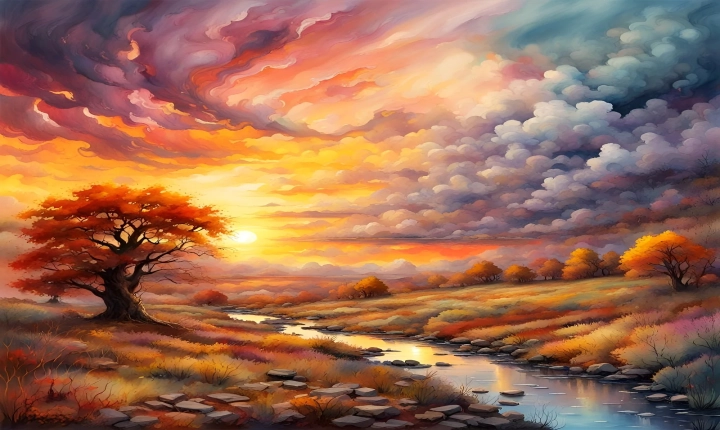Can ChatGPT be Creative? Exploring the Limits of AI Creativity
The emergence of AI-powered language models, such as OpenAI’s GPT-3, has sparked widespread interest and debate about the potential for artificial intelligence to exhibit creativity. With its ability to generate human-like text in a variety of styles and genres, ChatGPT, a version of the GPT-3 language model optimized for dialogue, has raised the question: can ChatGPT truly be creative?
Creativity, often defined as the ability to generate novel and valuable ideas, is traditionally considered a hallmark of human intelligence. It encompasses the capacity to think divergently, make unique connections, and produce original works of art, literature, music, and more. Can an AI model like ChatGPT, which is trained on vast amounts of human-generated text, exhibit genuine creativity, or is it simply regurgitating existing patterns in a sophisticated manner?
One perspective argues that ChatGPT’s outputs are not truly creative, but rather a form of sophisticated mimicry. Proponents of this view suggest that the model lacks genuine understanding, intention, and emotion – key components of human creativity. They claim that ChatGPT is merely a statistical language model that predicts the most probable next word based on the input it receives, rather than genuinely “thinking” or “creating” in the traditional sense.
On the other hand, supporters of AI creativity argue that ChatGPT demonstrates an impressive ability to generate novel and meaningful text. The model can compose poetry, write stories, generate jokes, and even create plausible dialogue, leading some to argue that it is exhibiting a form of creative intelligence. Proponents of this view point to the model’s ability to surprise and inspire, suggesting that it can produce outputs that are genuinely novel and valuable.
The truth may lie somewhere between these two opposing views. ChatGPT’s outputs certainly demonstrate a remarkable understanding and synthesis of human language, often producing text that is coherent, relevant, and contextually appropriate. However, it is also clear that the model’s creativity is limited by its reliance on existing patterns and data. While it can generate novel combinations of words and structures, it is ultimately drawing from the corpus of human-generated text on which it was trained.
Another factor to consider is the role of human input in guiding ChatGPT’s creativity. The model is often used in a collaborative fashion, with human users shaping and refining its outputs to align with their intentions. In these instances, it raises questions about where the creative agency truly lies – with the AI model, the human user, or the collaborative interaction between the two.
Regardless of the ongoing debate, there are practical implications to consider when it comes to ChatGPT’s creativity. The model’s ability to generate diverse and contextually relevant text has significant potential for applications in creative writing assistance, content generation, and conversational interfaces. In these contexts, the most compelling and valuable use cases may center around the model’s capacity to assist and augment human creativity, rather than solely showcasing its own creative prowess.
In conclusion, the question of whether ChatGPT can be creative is complex and multifaceted. While the model’s outputs demonstrate a sophisticated understanding and manipulation of human language, its creativity is ultimately constrained by its reliance on existing patterns and data. The ongoing debate about the nature of AI creativity reflects broader questions about the nature of human creativity and intelligence. As AI language models continue to advance, it is likely that our understanding of AI creativity will also evolve, challenging conventional notions of what it means to be truly creative.
